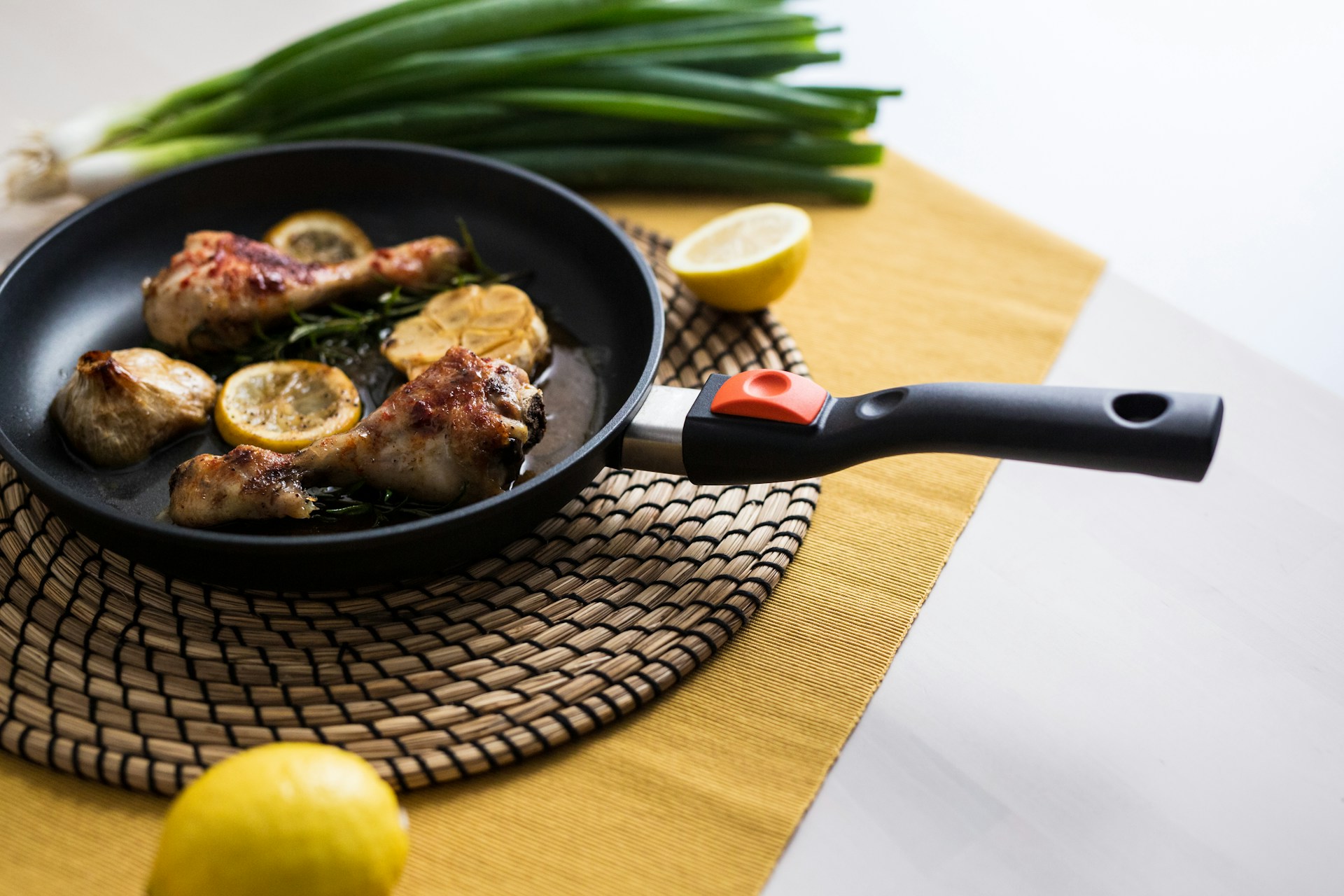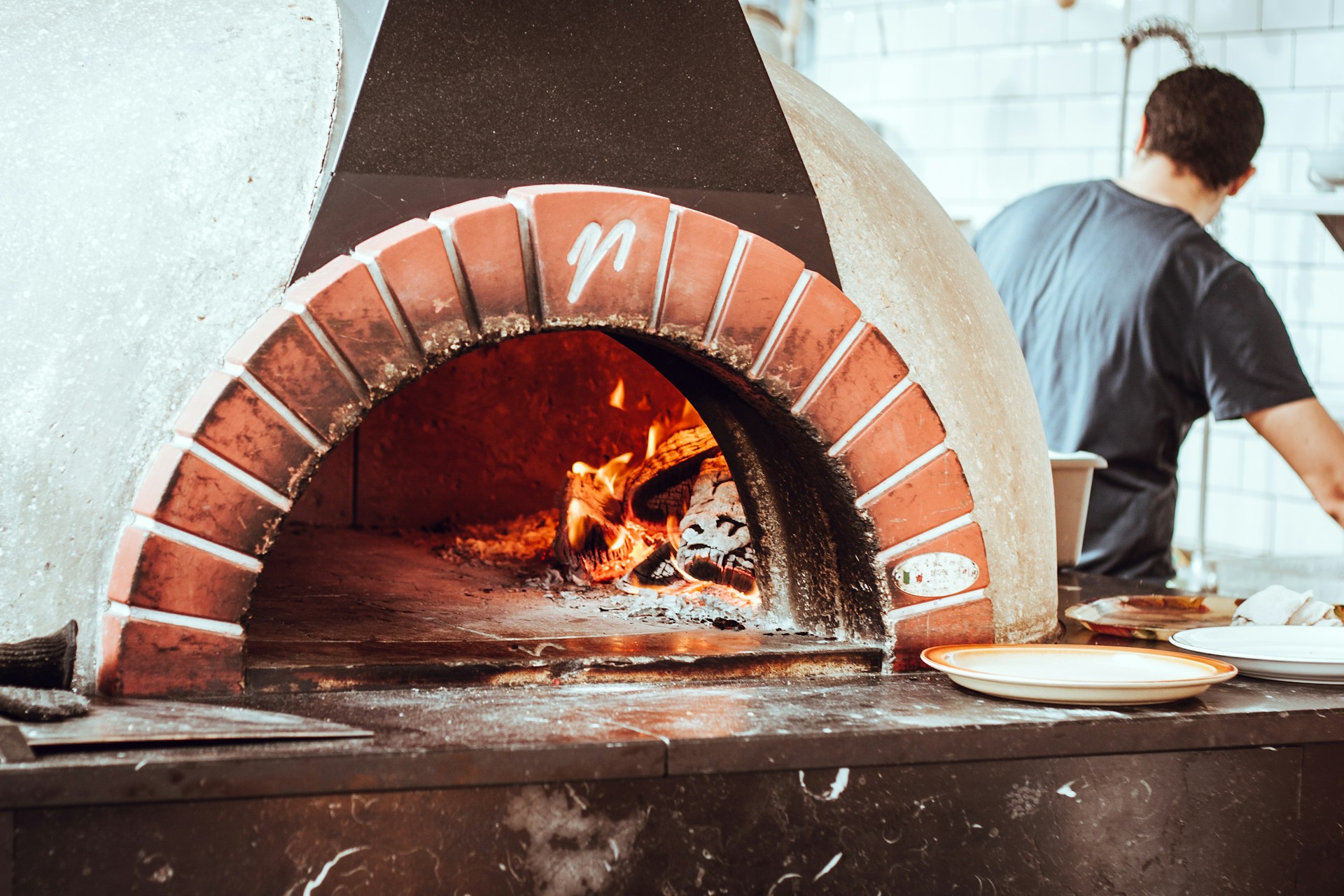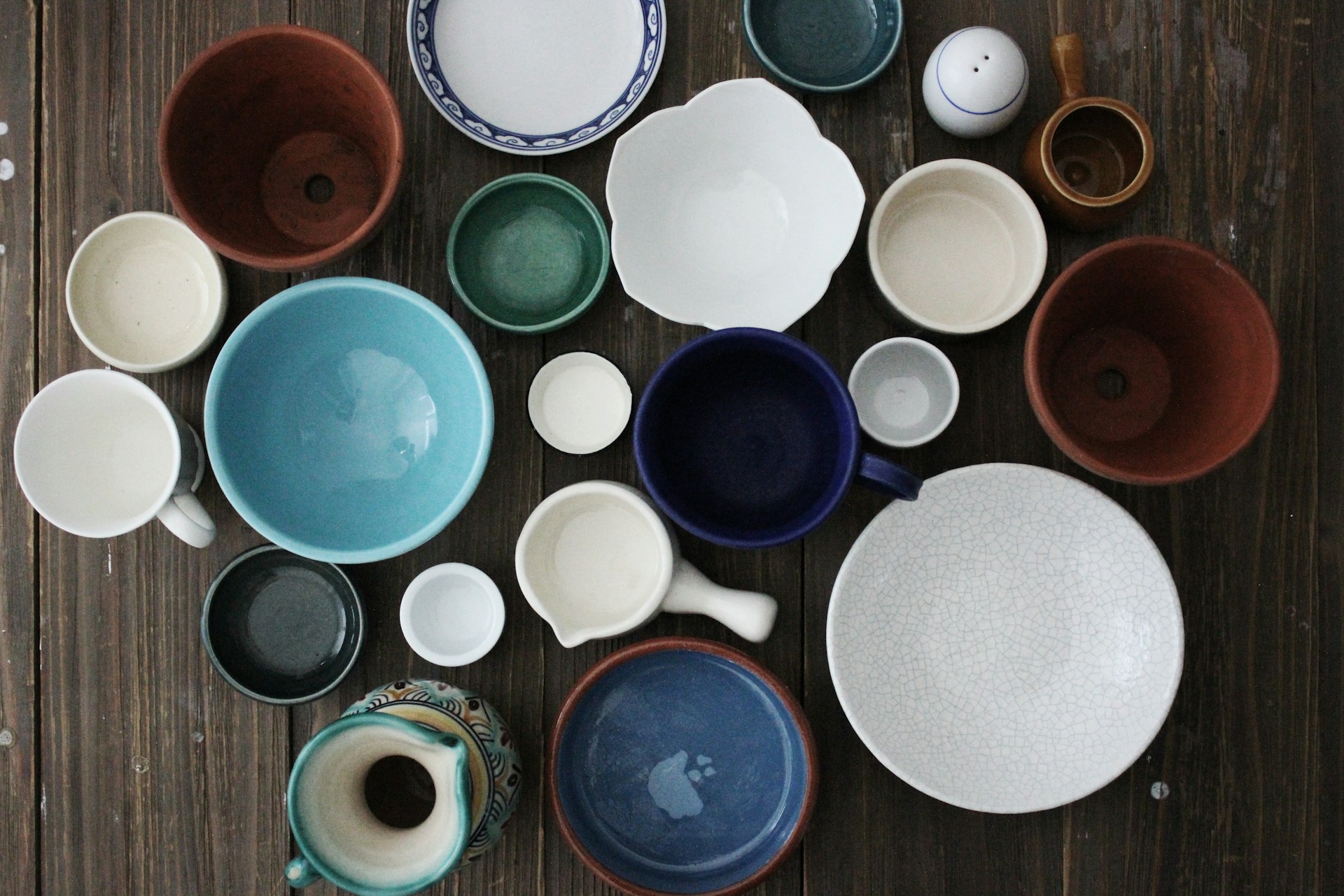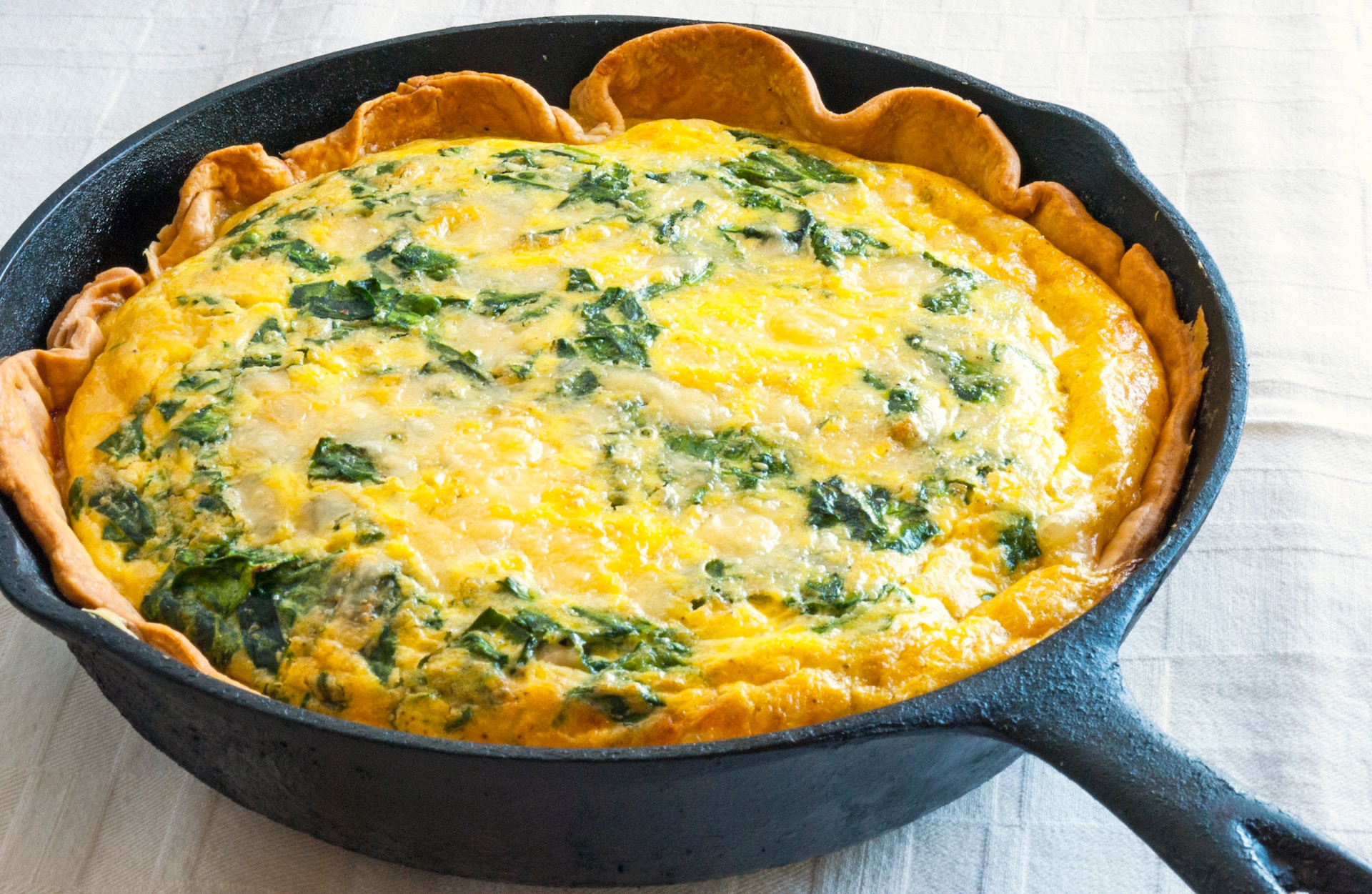When it comes to outfitting your kitchen with the best cookware, you might find yourself trying to decide between non-stick and stainless steel options. Both types have their own advantages and potential downsides, and understanding these can help you make the best decision based on your cooking needs, preferences, and priorities.
Non-Stick Cookware
Non-stick pans have a coating, often made from materials like polytetrafluoroethylene (PTFE), widely known as Teflon, that prevents food from clinging to the surface. Here’s what you need to know about non-stick cookware:
Advantages:
- Ease of Use: Arguably, the biggest advantage of non-stick cookware is its ease of use. Foods that typically stick, such as eggs or pancakes, slide right off without the need for copious amounts of butter or oil.
- Easy to Clean: The non-stick surface is easy to clean; often, a quick wipe with a soapy sponge is all that’s needed.
- Less Oil Required: If you’re looking to reduce the amount of oil or butter in your cooking for health reasons, non-stick pans can be a good choice.
- Delicate Foods: These pans are ideal for cooking delicate foods that might break apart or stick in pans without a non-stick surface.
Downsides:
- Durability: Over time and with use, the non-stick coating can scratch, wear away, and sometimes peel, especially if used with metal utensils or scouring pads.
- Heat Sensitivity: High heat can damage the non-stick coating and potentially release harmful chemicals, which is why most non-stick cookware is not recommended for high-heat cooking.
- Lifespan: Non-stick pans typically have a shorter lifespan than their stainless steel counterparts, often necessitating more frequent replacement.
Stainless Steel Cookware
Stainless steel is an alloy that commonly mixes iron, carbon, and chromium. It’s known for its strength, durability, and shiny appearance.
Advantages:
- Durability: Stainless steel is tough and scratch-resistant. You can use any utensils you like, and with proper care, these pots and pans can last a lifetime.
- High Heat Tolerance: You can use stainless steel cookware on high heat and even transfer it from the stovetop to the oven, making it more versatile.
- Non-Reactive Surface: It doesn’t impart any flavor to the food, meaning you can cook all types of ingredients, including acidic ones like tomatoes, without worrying about reactions that could alter the taste or release harmful substances.
- Superior Browning: Stainless steel is excellent for techniques like searing and browning – it’s all about the Maillard reaction!
Downsides:
- Sticking Issues: Food sticking to the surface is a common issue with stainless steel and can make cleaning a challenge. Proper preheating and using enough fat can mitigate this, but it takes practice to perfect.
- Uneven Heating: Some stainless steel cookware doesn’t distribute heat evenly, although many are made with an aluminum or copper core or bottom plate to help address this.
- Cost: A high-quality set of stainless steel cookware can be a significant investment, though it’s one that can pay off in the long term.
Making Your Choice
When considering which type of cookware to buy, think about what you’ll be cooking most often. For those who regularly prepare eggs, pancakes, or fish, a non-stick pan might be essential. For those who enjoy searing meats or making stews and sauces that benefit from fond (the delicious bits that stick to the pan and flavor sauces), stainless steel might be the better choice.
You may find that a combination of both types of cookware suits your needs best. Perhaps a non-stick skillet for your morning omelets and a set of sturdy stainless steel pots and pans for everything else is the perfect mix.
Care and Maintenance
- Non-stick pans should be cleaned gently with a soft sponge and should not be used on high heat.
- Stainless steel is more forgiving and can often be cleaned with more abrasive tools like steel wool. However, for burnt-on food, soaking and gentle scrubbing are recommended to maintain the shine.
- Avoid using cooking spray on non-stick pans, as they can build up and reduce non-stickiness.
- It’s vital to fully preheat stainless steel cookware and use enough cooking fat to create a natural barrier that prevents sticking.
Conclusion
In the battle of non-stick versus stainless steel cookware, there’s no clear winner; it depends on your cooking style, budget, and priorities. High-quality pieces of both types can serve you well and provide you with the tools necessary to create a wide range of delicious dishes. Whether you opt for the easy use and cleaning of non-stick or the durability and versatility of stainless steel, make sure to take proper care of your cookware to extend its longevity and enhance your cooking experience.



